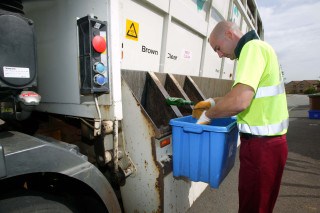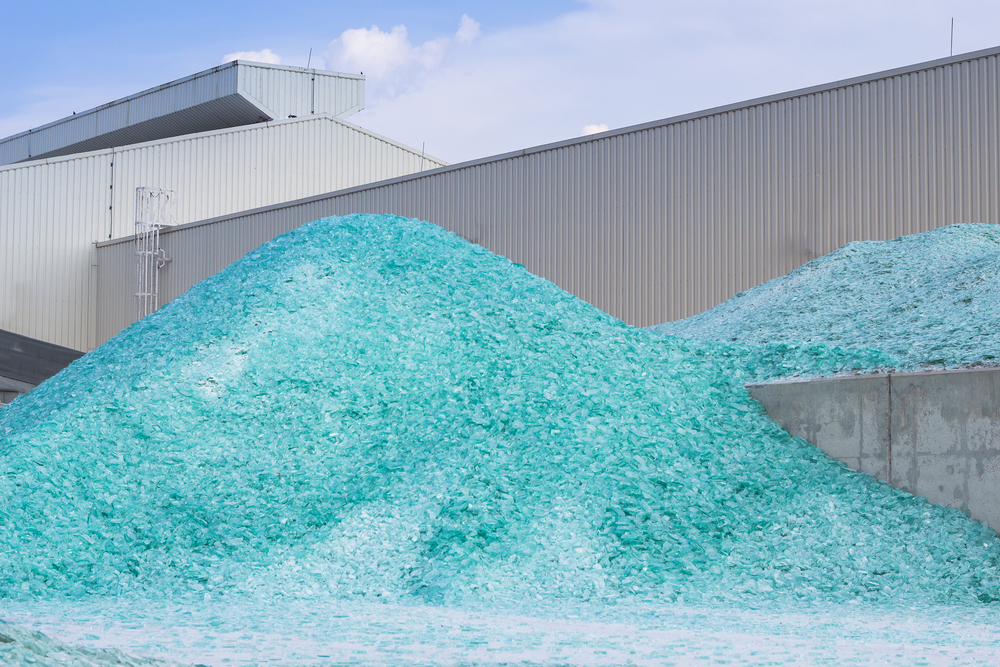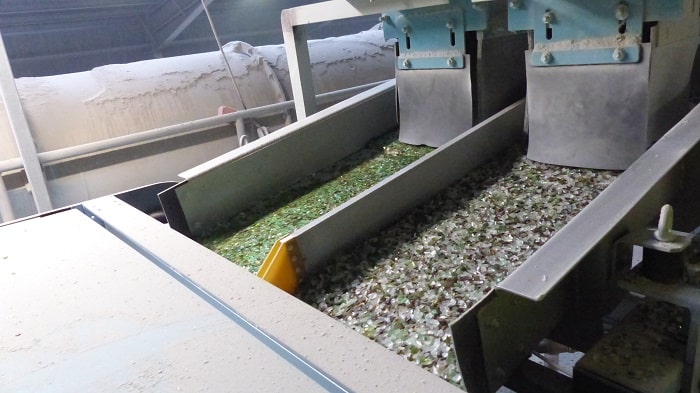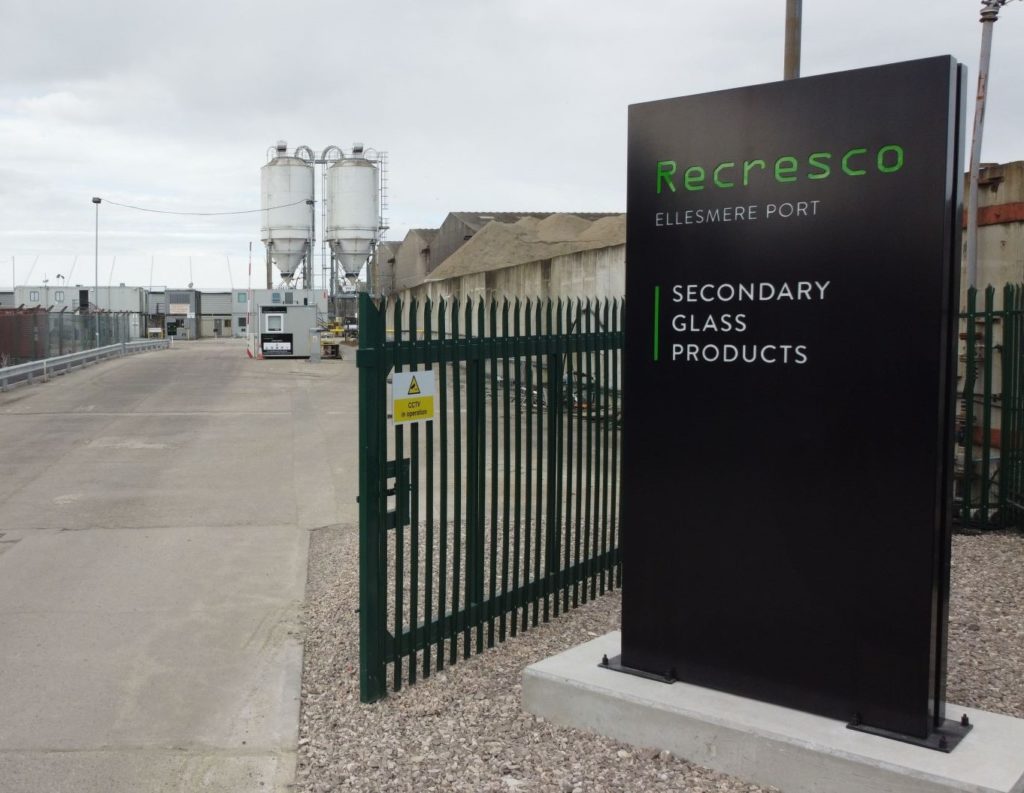In addition, collection systems using stillage vehicles were also found to generate relatively high noise levels with the potential to exceed the Noise at Work Regulations upper noise exposure limit, whilst commingled single stream and wheeled bin refuse collection systems were found to be within the lower noise boundary.

The study Noise exposure in glass collections for recycling was undertaken by consultancy firm Hoare Lee Acoustics, which was commissioned by the Waste and Resources Action Programme (WRAP), to establish actual noise levels experienced by workers on a variety of collection rounds.
The study saw consultants shadow collection crews during normal work operations to measure the sound pressure level at an operatives ear during different types of activities.
It found that all collection systems have the potential to generate daily noise exposure to exceed the Noise at Work Regulations Lower Exposure Action Value, with some systems seen to significantly exceed the upper limit.
Under the Noise at Work Regulations, the lower exposure action values are a daily or weekly exposure to 80 decibels (dB), with a peak sound pressure of 135 dB. The higher values are a daily or weekly exposure to 85 dB, with a peak sound pressure of 137dB.
Systems
The investigation determined noise exposure levels for 21 recycling and refuse collection activities throughout the UK, including:
- Conventional residual waste collection using wheeled bins;
- Single stream commingled to RCV;
- Two stream partially commingled to vertically split RCV;
- Kerbsider type vehicles with no specialist noise reduction measures;
- Kerbsider type vehicles with noise reduction measures;
- Stillage vehicle with no specialist noise reduction measures;
- Stillage vehicle with noise reduction measures;
- Commercial glass collection; and,
- Bottle bank collection.
Of all collection systems, the survey found those using Kerbsider type vehicles to be the worst, in terms of noise exposure. Such vehicles usually have a non-compaction, multi-compartment, tipping body. Stillage vehicles have containers into which materials are placed by handsorting at the kerbside.
The report states: All Kerbsider type vehicles, including those with trial noise reduction features showed significant risk of exceeding the Upper Exposure Action Value. The worst case daily noise exposure determined from the study resulted from a Kerbsider with metal side collection troughs. It was found likely to significantly exceed the Exposure Limit Value. In such cases, the regulations require that immediate action should be taken to prevent this level of exposure being exceeded further.”
Systems using stillage vehicles, with no noise reduction measures, were also likely to be in the region of the upper limit. Unlike Kerbside vehicles, noise reduction features on stillage vehicles were found to have an impact, with exposure values found to be within the lower exposure action zone for a round.
Commingled
At the other end of the scale, commingled single stream and conventional wheeled bin refuse collection systems were found to be within the boundary of the lower exposure action value.
Commenting on why these systems create less noise WRAP said: As an observation, the lower noise exposure level resulting from single stream collections relative to some other systems indicates an apparent acoustic benefit of mixing glass with other materials which helps to reduce the immediate impact noise from the tip process.
Related links
Commingled systems with two streams have slightly higher noise exposure levels than a single stream system, which may be due to less buffering from other fibres.
Summing up its findings, WRAP said: The outcome of the study clearly supports the previously issued guidance by the HSE that there is risk of exposure to levels of noise at both the Lower and Upper action levels for operatives involved in the collection of glass for recycling. In the case of collections systems utilising Kerbsider type vehicles the risk is significant. This study also shows that there is a risk of exposure to levels of noise at the Lower Action Level for operatives involved in any of the collection activities measured.









Subscribe for free